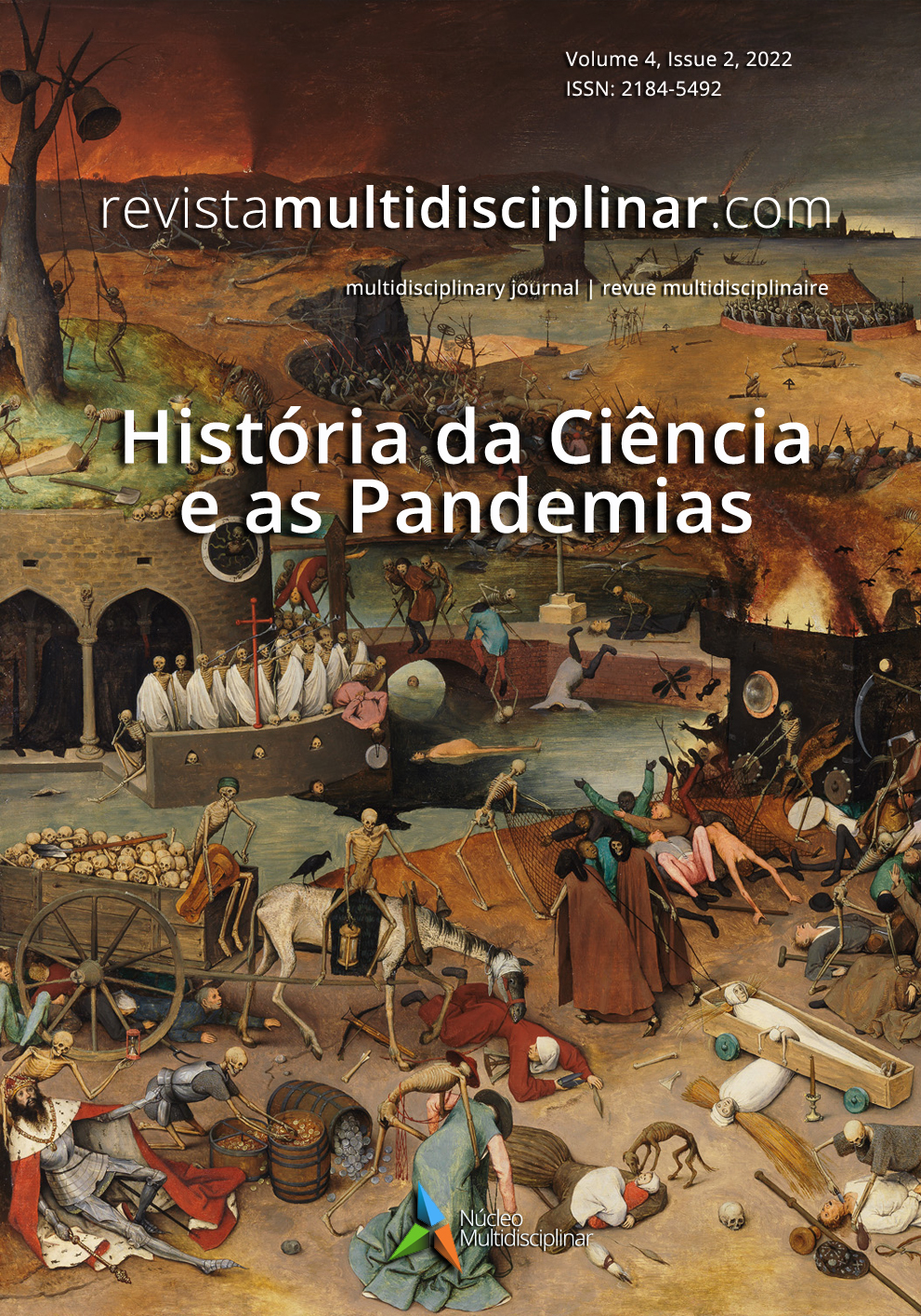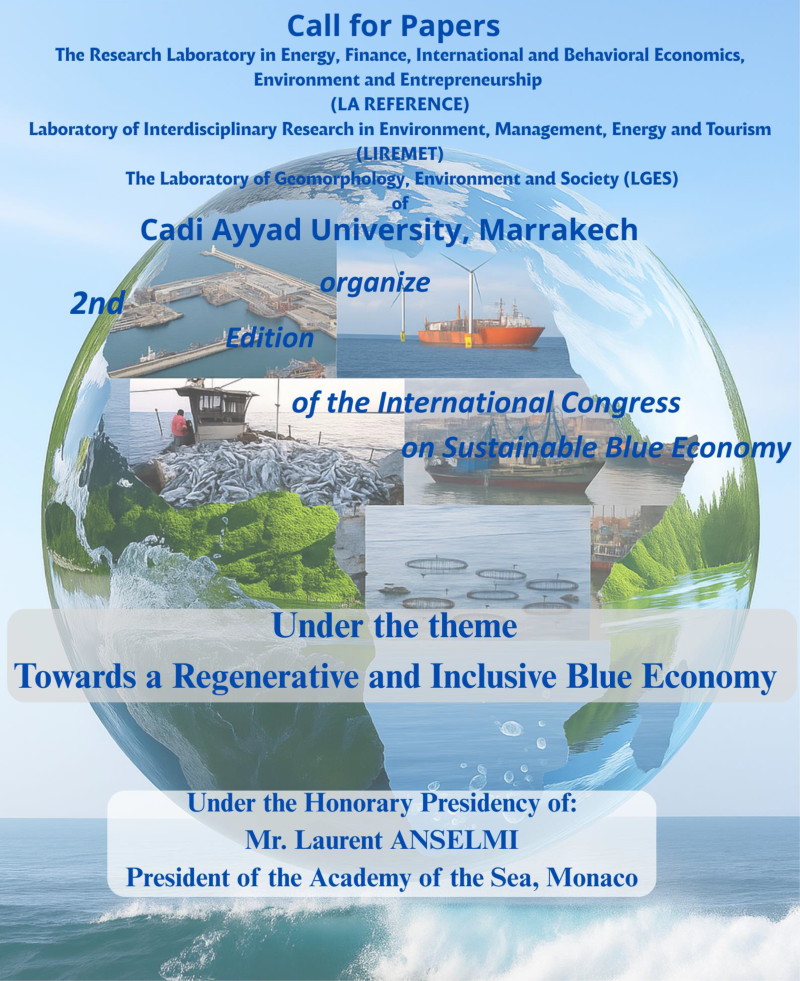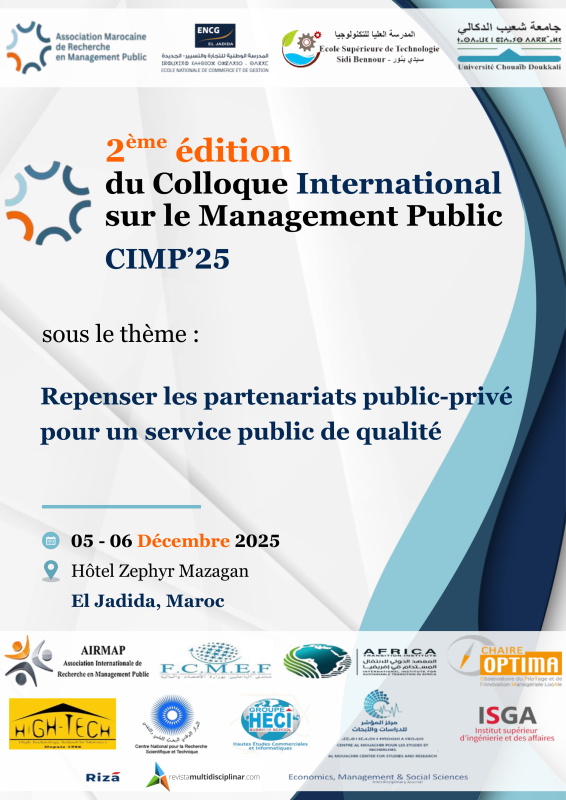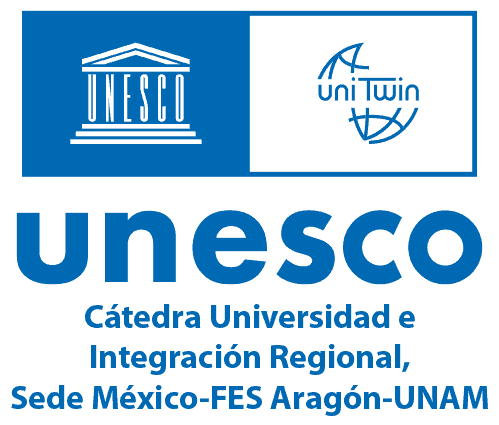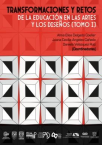International defense against epidemic diseases
From Jules Héricourt's view
DOI:
https://doi.org/10.23882/rmd.22086Keywords:
Héricourt, bubonic plague, health control, onboard doctor, health passAbstract
The epidemic diseases that devastated the European populations added to the miseries that existed until the mid-nineteenth century, causing considerable loss of human life. The European continent has a long history of plague, a disease caused by the Y. pestis bacteria. Contrary to popular belief, bubonic plague is not a disease of the past. It is still present in more than a dozen countries around the world. This paper analyzes Jules Héricourt's ideas regarding the international transmissibility of epidemic diseases and how to mitigate their chains. It is essentially based on his work Les Frontières de la Maladie, namely on Défense internationale contre les maladies épidémiques, et systémes quarantenaires. In 1901, an outbreak of plague ravaged the passengers and crew of the ship Senegal on a Mediterranean cruise. A quarantine was imposed on the entire crew and 174 passengers in the lazaretto in the French archipelago of Frioul. There was one death. The lack of minimum services and immediate disinfection measures for passengers and their belongings could have exacerbated the problem. Héricourt, physician, co-author of the serotherapy, disagrees with the methods adopted by health authorities, which would be illusory in the international defense against epidemic diseases. The author proposes a practical and effective double solution to the problem of the transmission of exotic diseases in sea voyages: the enhancement of the health pass and the modification of the role of the doctor on board. All passengers from contaminated territories should carry a health pass, under strict control by the authorities. The on-board doctor is responsible for establishing himself as a true agent of the health administration. As a hygienist, he unmasks potential patients, based on medical examinations during the trip, and prevents passengers who are considered healthy from contaminating the community, as they are effectively ill.
References
Androutsos, G., Karamanou, M., Stamboulis, E., Liappas, I., Lykouras, E., & Papadimitriou, G. N. (2011). The Nobel Prize laureate - father of anaphylaxis Charles-Robert Richet (1850-1935) and his anticancerous serum. J. Buon, 16(4), 783-786. https://pubmed.ncbi.nlm.nih.gov/22331744/.
Bertot, J. (1902). Au lazaret: souvenirs de quarantaine. Imprimerie Deslis Freres.
BM – The British Museum (2021). Joseph Teissier. The british museum collection. https://www.britishmuseum.org/collection/term/AUTH230821.
Bois, P. (1992). Le grand siècle des messageries martitimes. Chambre de commerce et d'industrie Marseille-Provence.
Bramanti, B., Dean, K. R., Walløe, L., & Stenseth, N. C. (2019). The third plague pandemic in Europe. Proceedings of the Royal Society B: Biological Sciences, 286(1901), 20182429. https://doi.org/10.1098/rspb.2018.2429
Bucquoy, J. (1901). La peste à bord du “Sénégal”, une quarantaine au Frioul. http://sciences.gloubik.info/IMG/pdf/quarantaine_au_frioul.pdf.
Chevanllier, J. (2015). Une quarantaine de peste au lazaret du Frioul en 1901. Histoire des Sciences Medicales, 49(2), 179-188. https://bit.ly/3228znZ
Daguet, A., & Watier, H. (2011). 2nd Charles Richet et Jules Héricourt Workshop. mAbs, 3(5), 417-421. https://doi.org/10.4161/mabs.3.5.17485.
DBpedia (2021). Louis Charles Émile Lortet. DBPedia. https://bit.ly/3qwvNfu
Delort, R. (1997). Que a peste seja do rato! In J. Le Goff (Apres.), As doenças têm história (pp. 109-126). Terramar.
DK – Dorling Kindersley (1996). Enciclopédia de medicina. Seleções do Reader’s Digest.
ePortugal (2021). Request the EU digital covid certificate. https://bit.ly/34KFIFI
FMSS – Faculté de Médecine et des Sciences de la Santé (2021). DU Médecine maritime. https://bit.ly/3FzC0LM
Héricourt, J. (1899). Sérothérapie. Historique, état actuel, biblliographie. J. Rueff, Éditeur. https://iiif.wellcomecollection.org/pdf/b21058271.
Héricourt, J. (1914, fev.). Pouquoi s’arrêtent les épidmémies. La Science et la Vie, 11(4), 277-281. https://bit.ly/3Gy18DX
Hewlett, R. T. (1904). Les Frontières de la maladie: maladies latentes et maladies Atténuées. Nature, 70(100), 1904. https://www.nature.com/articles/070100b0.pdf
INED – Institut National d’Études Démographiques (2021). Espérance de vie. https://bit.ly/3nRB3sz
L’Indépendant (2020, 29 setembro). Peste noire: après deux morts au mois d'août, un enfant de 3 ans testé positif en Chine qui déclenche le plan d'urgence. L’Indépendant. https://bit.ly/3FvYayv
Lahaie, Y.-M., & Watier, H. (2017). Contribution of physiologists to the identification of the humoral component of immunity in the 19th century. MAbs, 9(5), 774-780. https://doi.org/10.1080/19420862.2017.1325051
Lalonde, M. (1974). A new perspective on the health of Canadians office of the Canadian Minister of National Health and Welfare. Minister of Supply and Services Canada. http://www.phac-aspc.gc.ca/ph-sp/pdf/perspect-eng.pdf
Maia, A. M. (2020, 18 de março). Que erros se cometeram no combate à peste bubónica, no Porto de 1899? Público. https://bit.ly/3Kc3jj7
Marie, D. (2015). De la serotherapie a l’immunotherapie moderne, un siecle d’avancees medicales. (PhD thesis, Université de Lille). Repositório Institucional da Université de Lille. https://bit.ly/3nuFKIt
Marpeau, B. (2010). Une entreprise éditoriale: la «Bibliothèque de philosophie scientifique» de Flammarion, 1902-1962. Revue d’histoire Moderne et Contemporaine (1954-), 57(4/4 bis), 185-210. http://www.jstor.org/stable/41061544
Meisterdrucke (2021). Häuser und Einwohner von Jericho (Westjordanland). Gravur von E.Ronjat, zur Veranschaulichung der Geschichte des heutigen Syriens, von M.Lortet, Dekan der medizinischen Fakultät von Lyon, beauftragt mit einer wissenschaftlichen Mission durch das Ministeriu). https://bit.ly/3FCbMbE
Monet, J. (2018). Compte rendu de la seance du samedi 17 février 2018. Société Française d’Histoire de la Médecine. https://bit.ly/3rmFtIP
Morichau-Beauchant, J. (1971). La salud en el mundo. Oikos-tau.
MSD – Merck Sharp, & Dohme (2021). Peste e outras infeções por Yersinia. Manual MSD. Versão saúde para a família. https://msdmnls.co/3qtvhim
Nobel Prize (2021). Charles Richet. Biographical. The Nobel Prize in Physiology or Medicine 1913. https://bit.ly/34VjEZg
Pereira, M. M. (19052). História da medicina contemporânea (Vol. I). Sociedade de Expansão Cultural.
Pontes, D. (2012). O cerco da peste no Porto. (Master’s dissertation, Universidade do Porto). Repositório Institucional da Universidade do Porto. https://hdl.handle.net/10216/73326
Proust, A. (1897). La défense de l’Europe contre la peste et la conférence de Venise de 1897. Paris. https://bit.ly/3A1zDAg
Pujos, M., Roux, P., Tabarly, J., & Ducassé, J. L. (2013). Consultation et régulation télémédicales maritimes. Centre de Consultation Médicale Maritime – CCMM. Aide médicale en mer (Ch. 31). Société Française de Médecine d’Urgence. https://bit.ly/3fu0QCh
Ramona, P. (2021a). Le Portugal. L’Encyclopedie des messageries maritimes. http://www.messageries-maritimes.org/portugal.htm
Ramona, P. (2021b). Le Senegal. L’Encyclopedie des messageries maritimes. http://www.messageries-maritimes.org/senegal.htm
Roques, K. R. V. (1952). Nós e a medicina. Livros do Brasil.
Rossiter, F. (1933). Guia prático da saúde. Sociedade Filantrópica Adventista.
Salleras, L. (1998). Educación sanitaria. Díaz de Santos.
Salomon, D. (2021, 09 agosto). La peste bubonique n'a pas disparu et continue de faire des morts. Le progrés. https://bit.ly/3GBGTW5
Saraiva, A. A. (1926). Sobre a seroterapia específica da febre tifoide. (PhD’s thesis, Universidade do Porto). Repositório Institucional da Universidade do Porto. https://hdl.handle.net/10216/17680
SFHM – Société Française de d’Histoire de la Médecine (2021). Prix de Thèse d’Histoire de la Médecine Georges Robert. https://bit.ly/3rmGsJ1
SFMM – Société Française de Médecine Maritime (2021). Accueil. https://www.medecine-maritime.fr/
SNS24 (2021). Temas da saúde. Prevenção dos viajantes. SNS24. https://bit.ly/3FxI3AJ
SUDOC (2021). Dr Jules Héricourt (1850-1938): découverte de la sérothérapie, affaire Dreyfus, hygiène sociale: parcours d'un médecin engagé dans la IIIe République / par Yves-Marie Lahaie; sous la direction de M. le Pr Hervé Watier. https://www.sudoc.fr/201826712
Terris, M. (1982). La revolución epidemiológica y la medicina social (2.ª ed.). Siglo XXI.
Watier, H. (2009). From the ancient serotherapy to naked antibodies: A century of successful targeted therapies. Medecine sciences: M/S 25(12), 999-1009. https://doi.org/10.1051/medsci/20092512999.
WHO (1999). Manuel de la peste: epidémiologie, répartition, surveillance et lute. WHO/CDS/CSR/EDC/99.2. Organisation Mondiale de la Santé. https://bit.ly/3fvPWMg
Whonamedit (2021). Paul Louis André Kiener. Whonamedit? https://bit.ly/3rq0yDe
WorldCat (2021). Héricourt, J. (Jules) 1850-. WorldCat Identities. https://bit.ly/3AUKc8U
Published
How to Cite
Issue
Section
License
Copyright (c) 2022 Jorge Bonito

This work is licensed under a Creative Commons Attribution-NonCommercial 4.0 International License.

